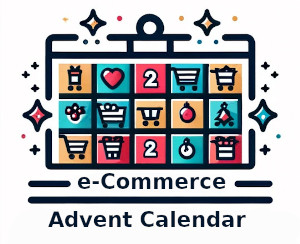
Jordy Scholing is the head of Customer Success and Web Performance expert at RUMvision (SaaS). Player of (tabletop) games and enjoyer of the sun. Living in the beautiful city of Groningen in the Netherlands. Loves to learn from people all over the world. Would (maybe) have been a scientist if not fallen in love with the wonderful world of web performance.
When you run an ecommerce store you want to be the best at everything. SEO, pricing, marketing and also the speed of your website. There are several tools to know how you are doing, today we are diving into the Core Web Vitals history tool.
Google gives us CrUX data (for free), which is based on your real visitors. This data gives you a nice indication of how your website is performing on the Core Web Vitals. Remember that CrUX / field data determines whether you fail or pass the CWV assessment.
CrUX data is available to everyone for free, but there are some tools that make it easier / better looking for you:
Keep in mind that CrUX data has some nuances that never make it 100% representative of your own visitors.
Now what's even better is that since this year, CrUX has a history API. This allows us to retrieve data up to 6 months in the past (yes!!). So you can see if your competitor has been busy optimizing their Core Web Vitals. And this is pretty overpowered and fun if you’d ask me! Look at this timeline below ... 🙂
This timeline indicates that an RUMvision user's competitor may have been working on a new module and/or third party. The large spike in the INP is obviously worth its weight in gold, as evidenced by the fact that it was acted on quickly to resolve the weather. As a result, as a merchant, this could indicate that your competitor is high on performance.
To get historical data back up to 6 months yourself, you can use the Core Web Vitals history tool on RUMvision's site, it is and always will be free.
In order to get data from a website, it must have had enough traffic, otherwise, like the message pagespeed insights sometimes gives, they have "not enough data."
Should a website have very high traffic or a very popular product you can enter the exact URL in the tool, you will get data from this URL.
For example, in addition to origin data (all together) you can also see how someone scores on, for example, a product detail page.
If you want to save more competitors data than the last 6 months, you can create a RUMvision account and add competitors there on your competitors tab. Here we keep the data from the moment it is added (so 6 months after adding you have 12 months of historical data).
The data is visualized a little differently, because here we have more room for fancy timelines and comparing with competitors.
If you want to have real user data, in real-time without any delay and be able to deep-dive into why a metric is bad? You might look for a solution like RUMvision, as it offers a lot of filters for attributes. Especially with the new Interaction to Next Paint you might want to prepare yourself by seeing which 1st or 3rd party scripts are making a bad impact.
Also choosing the most performant tool for the job became possible with LoAF.
On this screenshot we can see that Clarity might be the best option if you’re just going to use heatmaps.
Chrome extension for Core Web Vitals history
If you want a Chrome extension that redirects you in one click to the history checker on RUMvision, check this post and here the store link to the extension.
